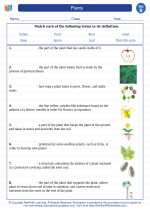Birds
Birds are a group of warm-blooded vertebrates constituting the class Aves, characterized by feathers, toothless beaked jaws, the laying of hard-shelled eggs, a high metabolic rate, a four-chambered heart, and a strong yet lightweight skeleton.
Anatomy of Birds
Birds have several unique anatomical features that distinguish them from other animals. These include:
- Feathers: Feathers are a defining characteristic of birds. They provide insulation, enable flight, and play a role in courtship and display.
- Hollow Bones: Birds have lightweight, hollow bones that make flight easier.
- Beaks: Instead of teeth, birds have beaks that are adapted for different feeding habits.
- Wings: Wings are modified forelimbs that enable birds to fly.
- Respiratory System: Birds have a unique respiratory system that includes air sacs, allowing for efficient oxygen exchange.
Classification of Birds
Birds are classified into various groups based on their characteristics, including their beak shape, feet structure, and other physical attributes. Some common groups of birds include:
- Waterfowl: Ducks, geese, and swans that are adapted for swimming and diving.
- Raptors: Birds of prey such as eagles, hawks, and owls, known for their keen eyesight and sharp talons.
- Perching Birds: Songbirds and sparrows known for their perching behavior and melodious songs.
- Flightless Birds: Birds like ostriches and penguins that have lost the ability to fly.
Life Cycle of Birds
The life cycle of birds typically involves the following stages:
- Reproduction: Birds lay eggs, which are incubated until they hatch.
- Chicks: After hatching, chicks are cared for by the parents and fed until they can fend for themselves.
- Adulthood: Once mature, birds engage in courtship behaviors, mating, and starting the cycle anew.
Ecological Importance of Birds
Birds play a crucial role in ecosystems. They help control insect populations, disperse seeds, and contribute to pollination. Additionally, they serve as indicators of environmental health and biodiversity.
Study Guide
Here are some study questions to help you review the topic of birds:
- What are the unique anatomical features of birds?
- How are birds classified into different groups?
- Describe the life cycle of birds.
- Explain the ecological importance of birds in an ecosystem.
Understanding the fascinating world of birds can lead to a greater appreciation for the natural world and the diverse forms of life that inhabit it.
[Birds] Related Worksheets and Study Guides:
.◂Science Worksheets and Study Guides Second Grade. Plants
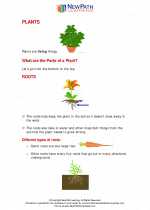
 Activity Lesson
Activity Lesson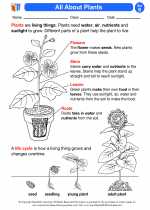
 Activity Lesson
Activity Lesson
 Worksheet/Answer key
Worksheet/Answer key
 Worksheet/Answer key
Worksheet/Answer key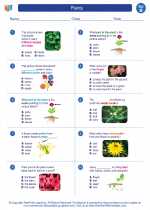
 Worksheet/Answer key
Worksheet/Answer key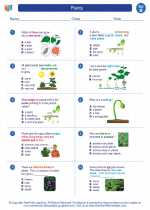
 Worksheet/Answer key
Worksheet/Answer key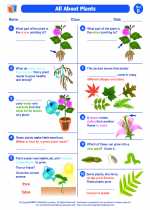
 Vocabulary/Answer key
Vocabulary/Answer key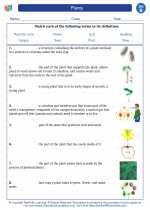
 Vocabulary/Answer key
Vocabulary/Answer key